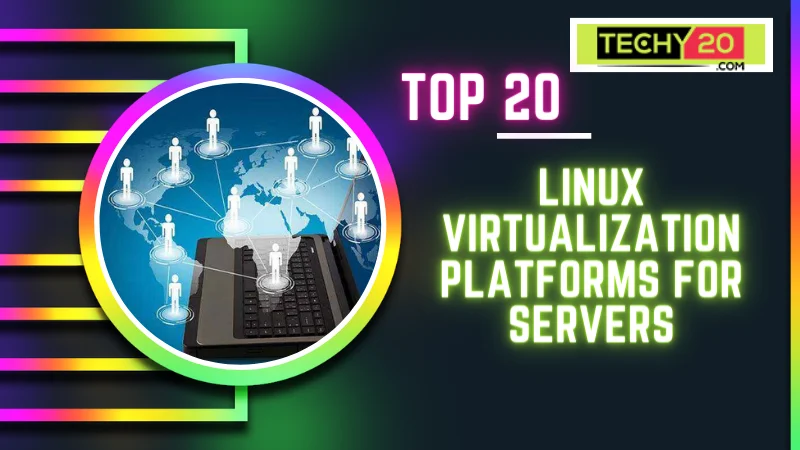Virtualization has become an aspect of managing and consolidating servers, allowing businesses to optimize their resources, improve scalability, and enhance operational efficiency. Linux, renowned for its versatility and reliability, offers a range of virtualization platforms to meet requirements. In this post, we will investigate each of the 20 Linux virtualization platforms for servers, looking at their features and advantages.
1. KVM (Kernel-based Virtual Machine)
KVM is a virtualization solution that transforms the Linux kernel into a hypervisor. It provides performance. It supports various guest operating systems, including both Linux and Windows. KVM utilizes hardware virtualization extensions to ensure performance and secure isolation between machines (VMs). With its management capabilities, it is often the choice for Linux-based servers.
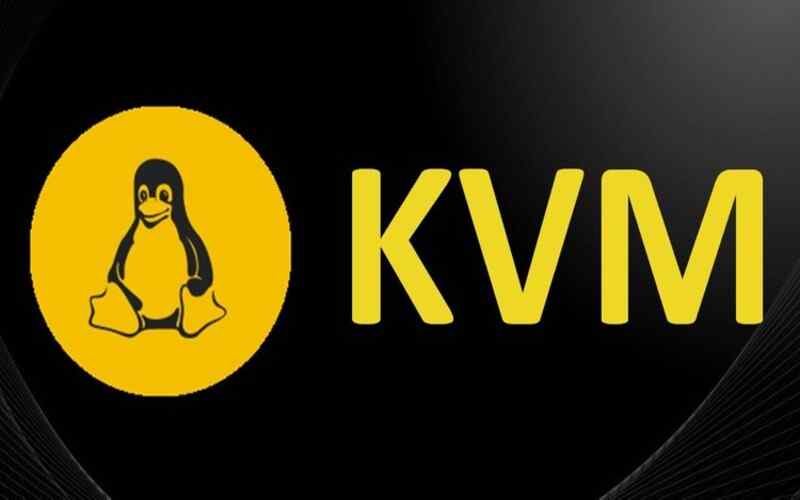
2. Xen
Xen is an open-source hypervisor that enables the execution of guest operating systems on a single machine. It delivers performance while ensuring the utilization of hardware resources through effective resource isolation. Xen offers both paravirtualization and hardware-assisted virtualization options, providing flexibility in terms of guest OS compatibility.
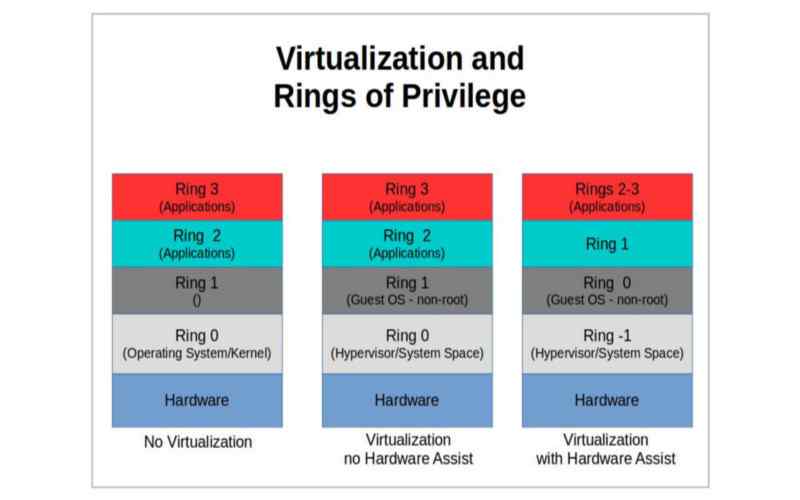
3. VMware ESXi
Although VMware is for its solutions, it also offers a version of ESXi specifically designed for Linux-based servers. It boasts performance. Additionally, VMware offers user management tools that simplify the administration of virtualized environments.
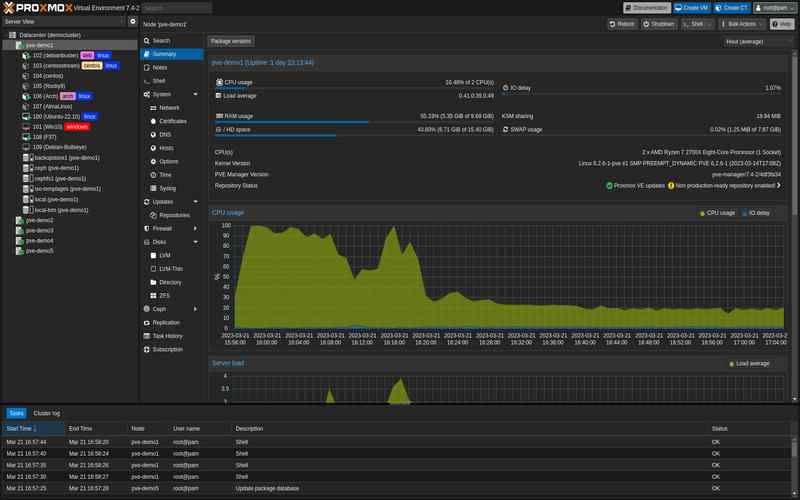
4. Proxmox VE
Proxmox VE is a platform that combines virtualization, containerization, and software-defined storage. It lets users choose between KVM and LXC (Linux containers) for virtualization. Managing Proxmox VE is made easy through its web-based interface, which offers features such as migration, high availability, and backup and restore capabilities. Many small to medium-sized enterprises find Proxmox VE to be a good choice.
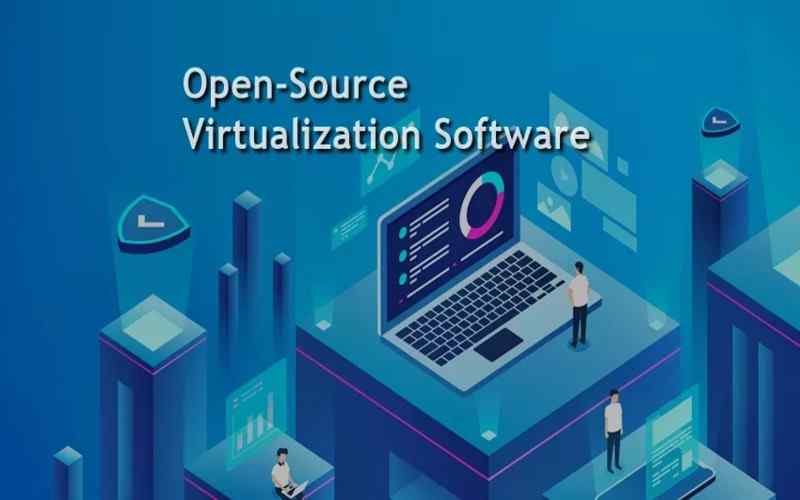
5. Oracle VM VirtualBox
VirtualBox is a virtualization tool that provides a user environment for creating and managing machines. With VirtualBox, you can. Develop guest operating systems effortlessly due to its support for various platforms. Notable features include snapshotting, shared folders, and seamless mouse integration between the host and guest OS. Individual users and developers often consider VirtualBox as an option.
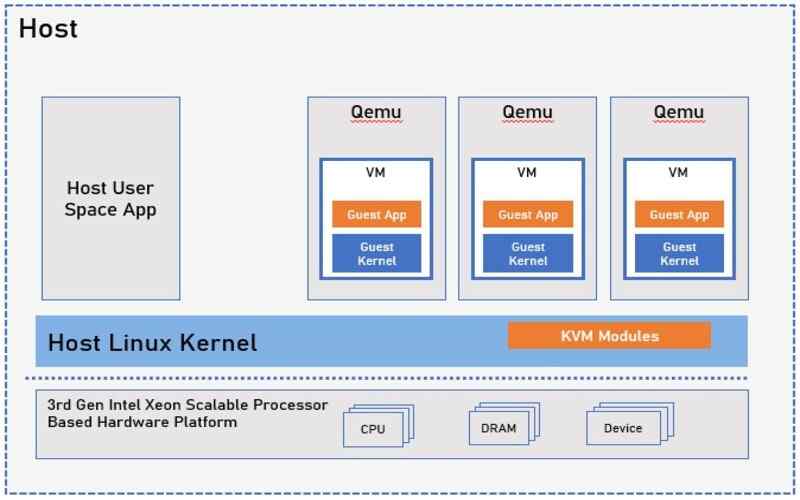
6. LXD (Linux Containers)
LXD is a container runtime and management system specifically designed for Linux environments. It focuses on OS-level virtualization, resulting in faster start-up times and efficient resource usage. LXD leverages Linux Containers (LXC), which offer an alternative to virtualization methods. By running containers on one host operating system, LXD optimizes resource allocation while maintaining isolation between applications.
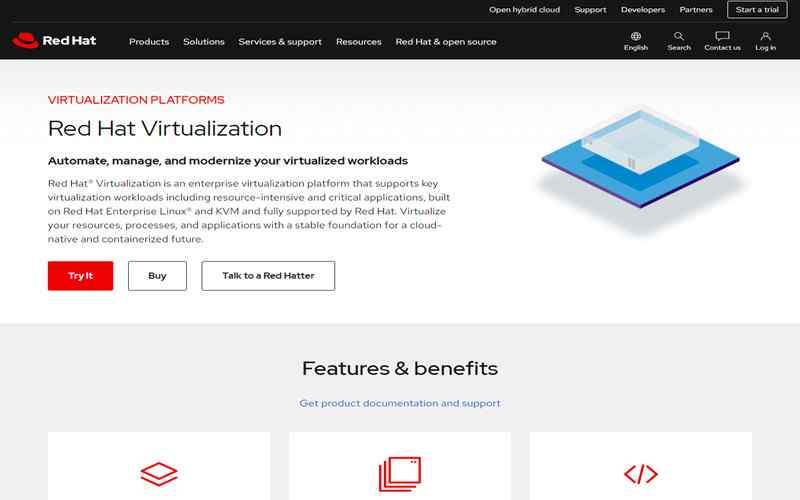
7. QEMU
QEMU, which stands for Quick Emulator, is an emulator and virtualization platform that works seamlessly in cloud environments and microservice architectures. It provides support for guest operating systems. Can efficiently emulate entire computer systems or run VMs with hardware-based virtualization. In addition to its ability to manage disk images and facilitate networking, QEMU also offers the feature of live migration. It supports full-system emulation and high-performance virtualization, making it a flexible option.
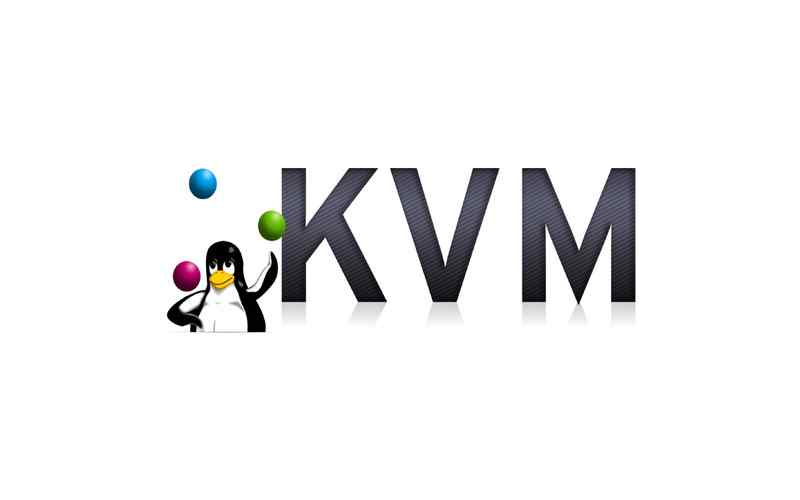
8. OpenVZ
OpenVZ is a virtualization platform that enables the creation of Linux-based virtual environments, known as containers, on a single physical server. It offers an approach where the host kernel is shared among these containers while maintaining isolation.
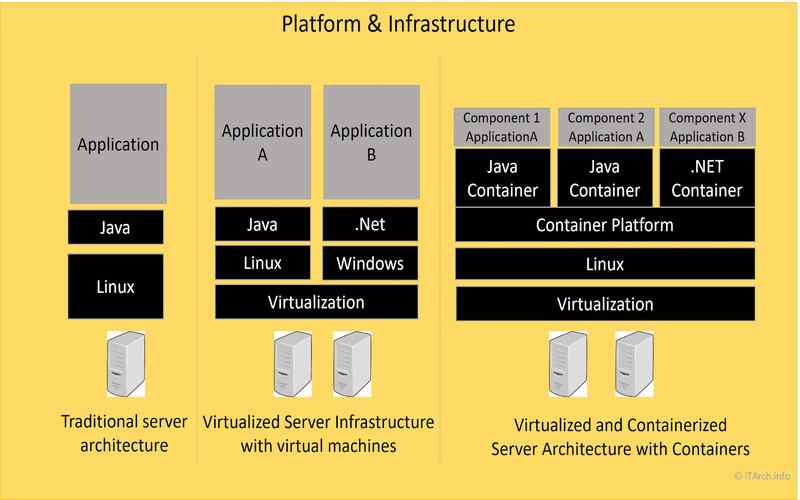
9. Virtuozzo
On the other hand, Virtuozzo stands out as a top-notch commercial container-based virtualization platform. It not only offers density and impressive performance but also excellent manageability. One of its standout features is the support for both Linux and Windows containers, allowing different workloads to coexist seamlessly on the server. With management tools, migration capabilities, and robust security features, Virtuozzo is ideal for service providers and enterprises seeking efficient virtualization solutions.
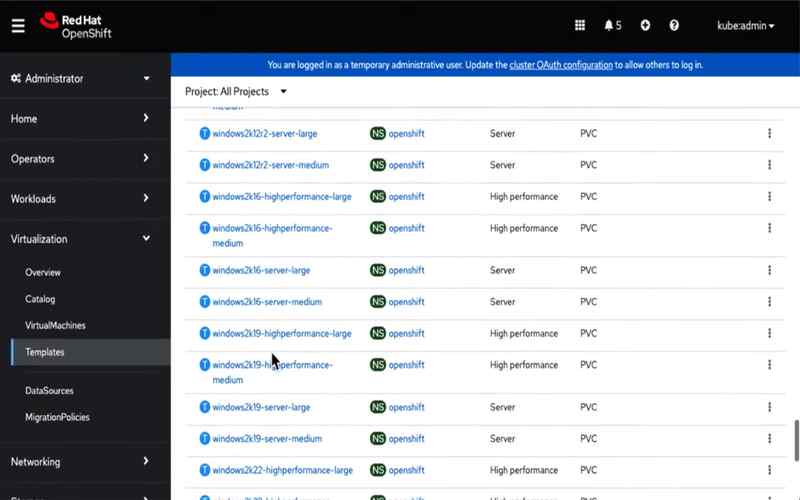
10. Docker
Now, let’s talk about Docker—a game changer in application deployment and management. Docker has completely transformed how we handle applications with its containerization approach. By running applications inside containers, Docker brings portability, scalability, and version control to new heights. Its simplified application packaging and deployment processes ensure environments throughout stages of the software development life cycle. Due to its simplicity and efficiency, Docker has gained popularity within DevOps teams and microservice architectures.
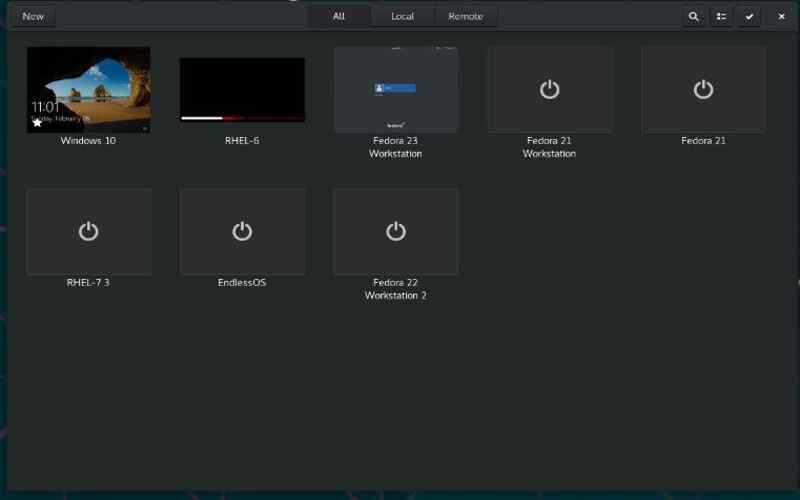
11. Libvirt
Libvirt is an open-source API and management tool that allows you to seamlessly interact with virtualization platforms such as KVM, Xen, and QEMU. Its purpose is to simplify the management of machine (VM) networks and storage by providing a view across multiple platforms. With liberty, you can. Orchestrate virtualization tasks effortlessly, enabling seamless integration with your existing systems and tools.
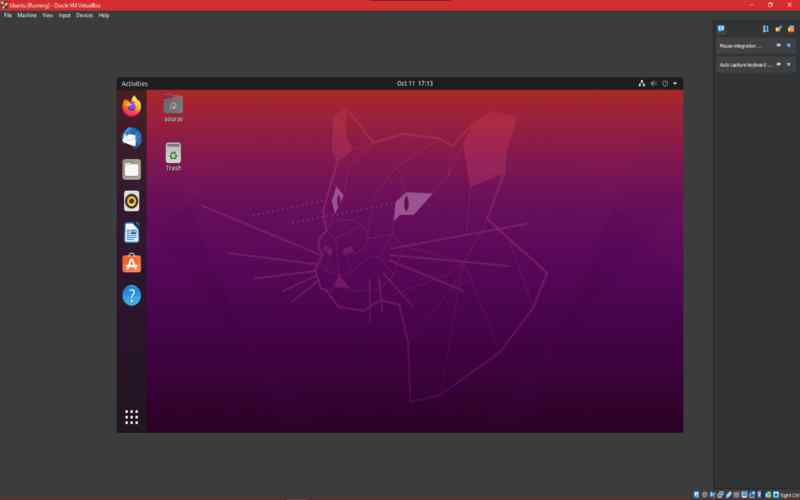
12. Linux Containers (LXC)
Linux Containers (LXC) is a virtualization method at the operating system level that enables running Linux instances on a single physical server. LXC utilizes features within the Linux kernel, such as groups and namespaces, to provide efficient virtualization. It boasts start-up times, overhead, and optimal utilization of resources. LXC is particularly useful in scenarios where strict isolation between applications is unnecessary.

13. Vagrant
Vagrant is a tool designed to simplify creating and managing reproducible environments. It automates the setup of development environments within machines, streamlining the development workflow. Vagrant seamlessly integrates with virtualization platforms like VirtualBox and VMware, ensuring a seamless experience for developers. By enabling the sharing and versioning of development environments, Vagrant provides setups across team members.

14. CoreOS
CoreOS (pronounced “rocket”) is a container runtime developed by CoreOS. Its primary objective is to provide efficient execution for applications. CoreOS adheres to the Unix philosophy by emphasizing simplicity, modular components, and robust security measures. It supports the accepted App Container Image format while seamlessly integrating with existing container ecosystem tools. With its security features and remarkable flexibility, RKT proves suitable for production use.

15. Hyper V
Hyper V, developed by Microsoft, is a virtualization platform that supports Windows and provides excellent compatibility with Linux. To further enhance the performance and functionality of Linux machines (VMs) on Hyper V, Microsoft offers a package called Linux Integration Services (LIS).

16. oVirt
oVirt is a virtualization platform that combines technologies like KVM, Libvirt, and GlusterFS. It offers a user management interface with features like availability and live migration. With oVirt, you can centrally manage an infrastructure’s VMs, networks, and storage. It’s flexible and scalable, making it suitable for small and large-scale deployments.

17. Kimchi
Kimchi is a web-based tool designed specifically for managing KVM-based virtualization platforms. Its intuitive interface is easy to use, allowing users to create, configure, and manage VMs and networks effortlessly. Kimchi doesn’t require a virtualization management infrastructure; it’s perfect for small-scale deployments or individual users.

18. Ganeti
Ganeti is an open-source virtualization management platform that supports KVM and Xen. It operates in a cluster-based environment, providing availability, disaster recovery, and load-balancing features. Ganeti automates the management of VMs across clustered infrastructures, ensuring scalability and reliability. It’s particularly well suited for mission workloads that demand availability and fault tolerance.

19. OpenStack
OpenStack is an open-source cloud computing platform with built-in virtualization capabilities and management tools. OpenStack offers infrastructure services such as computing, storage, and networking, enabling enterprises to establish public clouds. It leverages virtualization technologies like KVM and LXC to create and manage resources effectively. OpenStack provides a set of cloud management, automation, and scaling features.

20. CloudStack
On the other hand, CloudStack is a management platform that is open-source in nature. CloudStack boasts an infrastructure that enables the provisioning and administration of virtualized resources. CloudStack provides on-demand self-service, orchestration, and scalability features, allowing organizations to build robust cloud infrastructures. It supports various hypervisors, including KVM, Xen, VMware, and Oracle VM.

Conclusion
There are Linux virtualization platforms for servers with various options to suit different needs. These platforms range from solutions like KVM and Xen to lightweight containerization platforms like LXD and Docker. Each forum has its strengths and specific use cases. This evaluation process will help you make a choice based on your requirements.

